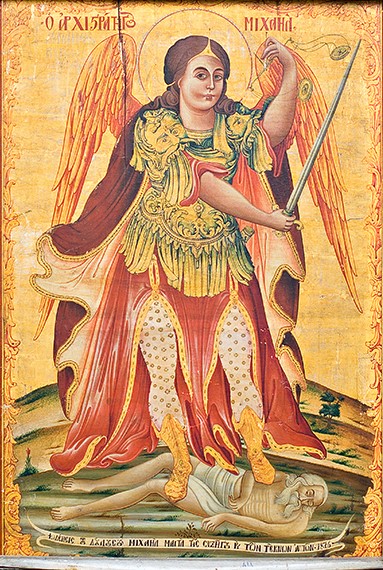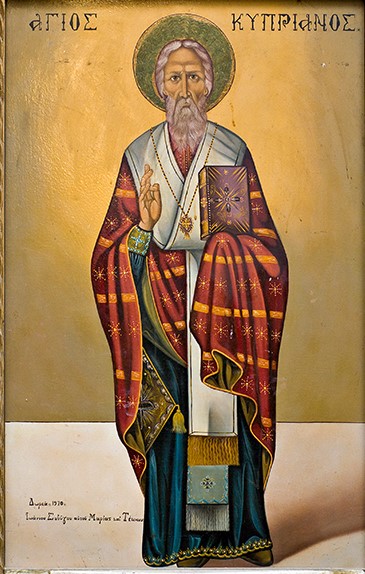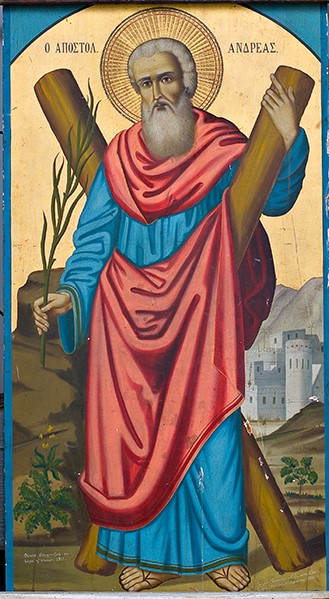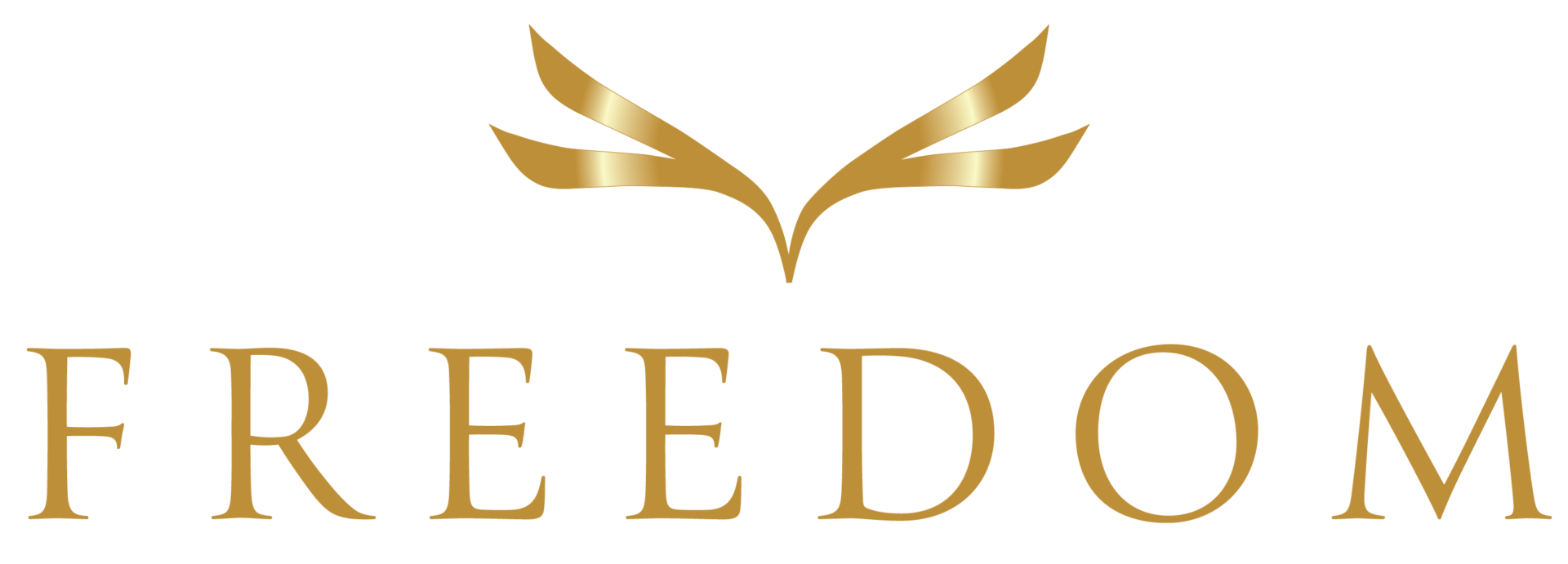
True icons of Christmas



Mention the word icon these days and one is likely to think of a sporting hero or a pop superstar. “Iconic” has become a catch-all adjective for often mundane things we simply like or admire. Even as the concept of an icon is timeless, the meaning of iconic has shifted over time. In the breathless parlance of a certain section of the internet, iconic can mean anything and everything. I have recently seen it applied to the hats worn by the late Queen Elizabeth, Donald Trump’s hair, even a loaf of soda bread.

These things might be popular, familiar, memorable, or even symbolic. But here in North Cyprus, we can offer you some real and original icons. The icons of Karmi church gleam through the dark wooden interior as brightly as any Christmas decoration. From a distance they may appear repetitive, a gallery of old men with beards. But look closely and see the individual figures and scenes from the New Testament.
The word comes from the Greek eikon, or image, devotional paintings of Christ or another holy figure, used ceremonially in the Byzantines and other Eastern Orthodox churches.They provide a channel from the worshipper to Christ, his mother Mary, or other saints. According to the Council of Nicaea (787): “The honour which is paid to the image passes on to that which the image represents, and he who does worship to the image does worship to the person represented in it.”
The Byzantines accorded icons extraordinary, even miraculous powers to answer prayers, heal the sick, and provide protection. They were venerated at home and in church, and were carried in public processions along streets and into battle.

Typically executed on wood, their tempera gaze captures your imagination, reminding us that, before Mariah Carey, there were other icons of Christmas.



